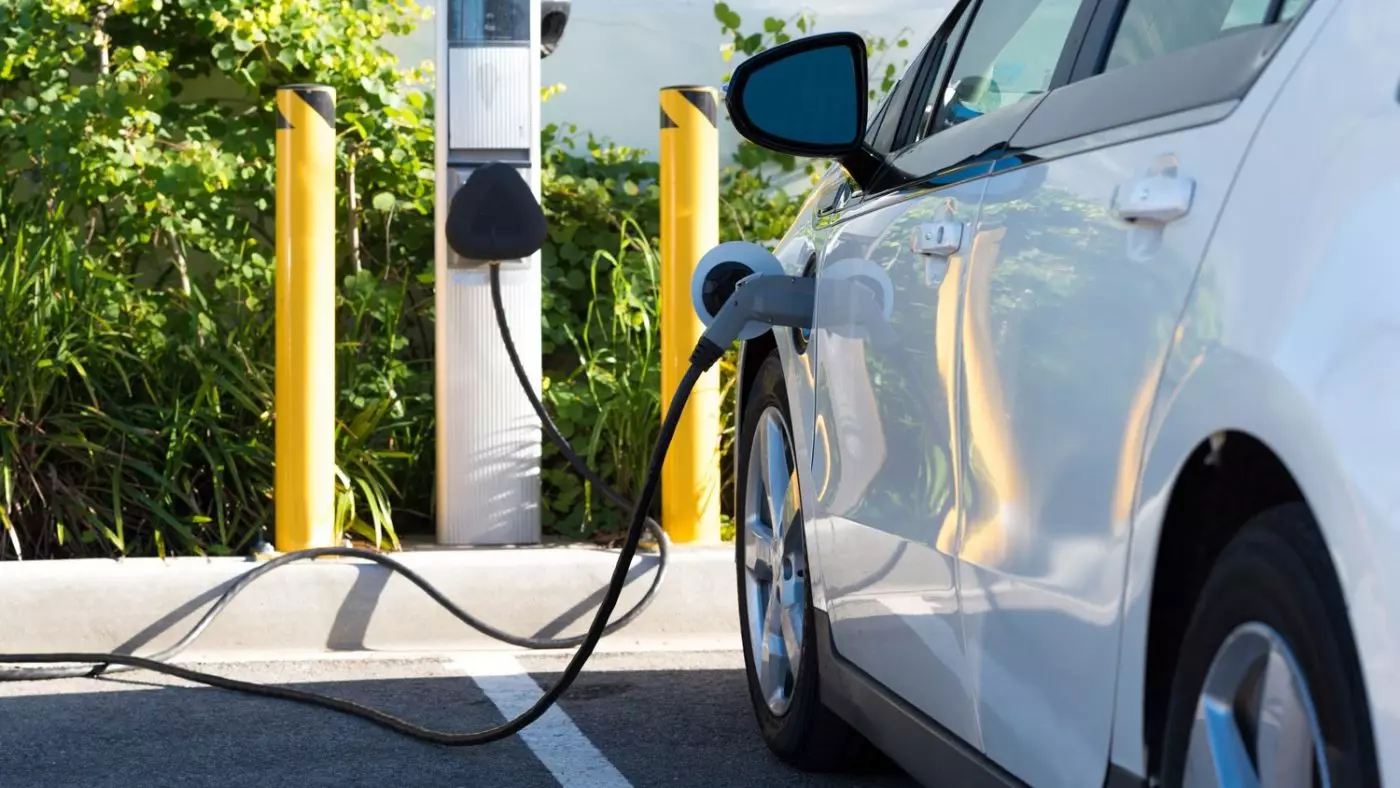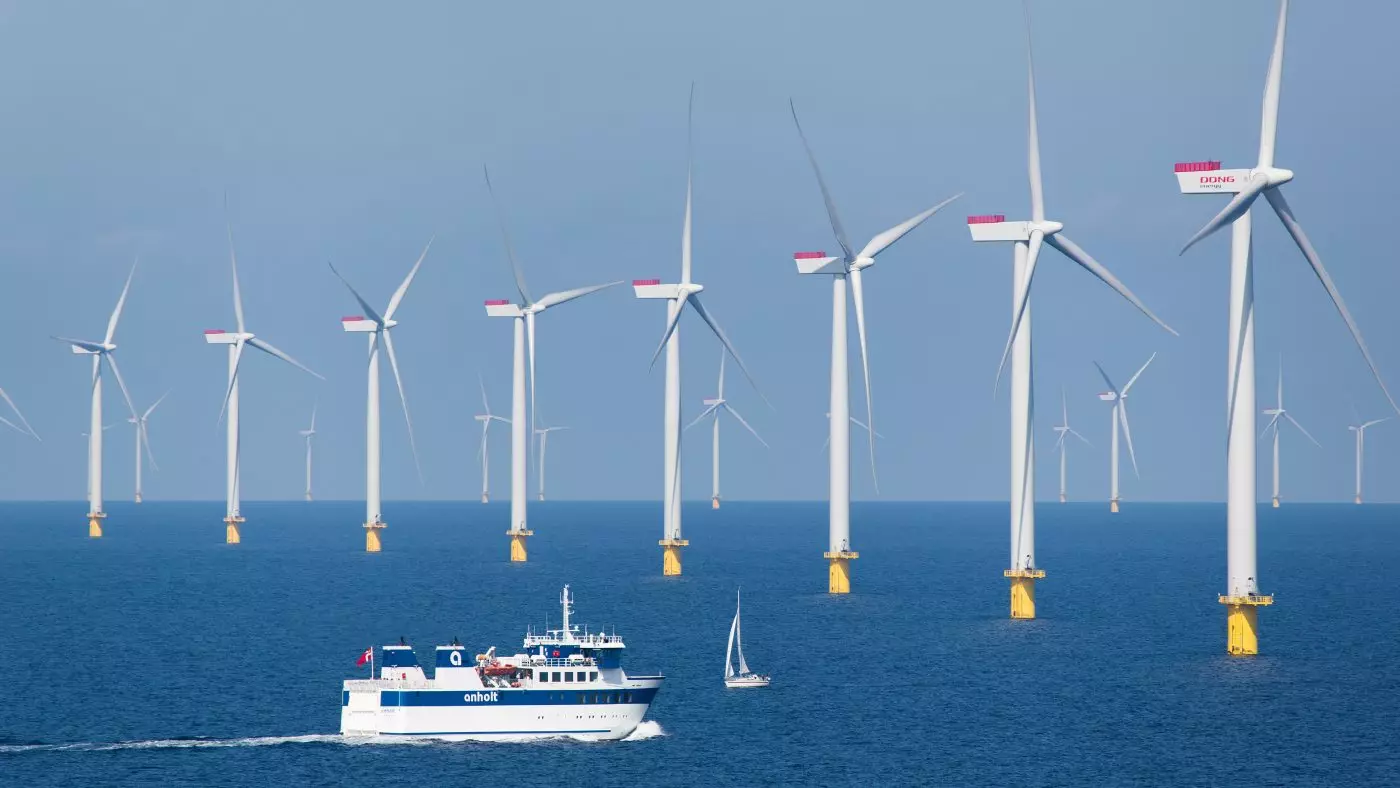With more than 1.3 billion inhabitants, China is the most populous country on the planet. It is also the world's largest car market, having sold over 23 million cars last year and this year it will surpass 24 million. It is currently the largest emitter of greenhouse gases on the planet in absolute terms. The more than 10 billion tons of CO2 (2015) emitted is twice that of the US and almost triple that of the European Union.
But the problem is not limited to the emission of greenhouse gases. Chinese cities have deplorable air quality, shrouded in constant smog, harmful to human health. And the culprit is not CO2.

According to the World Health Organization, the greatest enemies of public health are the nitrogen and sulfur compounds that come out of automobile exhaust pipes. These gases are directly related to more than three million premature deaths annually on the planet.
Electric, very electric
More than any other reason, the Chinese government's recent strong commitment to electric mobility is aimed at combating air pollution in its cities.
Under the Made in China 2025 plan, by the middle of the next decade, electric vehicles will have to be sold at the rate of seven million units a year. A complex task - last year “only” 500 thousand were sold and this year everything points to 700 thousand units.

it's already the world's biggest market for electric cars , even if this was only achieved at the expense of large state incentives, as happens in other countries.
To reduce costs for the state, another plan is now underway that imposes sales quotas on brands for the so-called NEV (New Energy Vehicle). A plan that will start in 2019 (it was to start in 2018) and non-compliance with quotas will mean hefty fines.
It's nothing new. The creation of a carbon credit market has already been observed in other markets, that is, even if a builder is not able to meet the established quota, he can always buy credits from other brands, avoiding penalties.
Electrics are not the solution
One would expect that with the increase in electric vehicles on the road, the problem of air pollution would be progressively resolved, but the reality is more complex. The increase in electric vehicles will have the opposite result! That is, more electric sold, more greenhouse gas emissions.These are the conclusions of several studies carried out by the University of Tsinghua, which showed that electric cars in China they produce between two to five times more particles and chemicals, which contribute to smog, than cars with heat engines. How is it possible?
An Feng, Center for Innovation for Energy and TransportInternational experience shows that cleaning the air does not depend on electric cars. Clean up the power plants.
Technology is only as clean as your energy sources
Electric ones do not actually emit polluting gases, but the energy they need can come from a polluting source . In other words, emissions are shifted from the car to the point of origin of energy production, and in the Chinese case it is problematic.
Emissions from a tram vary
With the 2010 Fluence Z.E., Renault revealed how emissions varied depending on the country. In France, where nuclear energy is the most used, emissions were 12 g/km. In the United Kingdom, with greater use of gas and coal, emissions rose up to 72 g/km and in the worst case scenario, depending solely on coal, emissions could rise up to 128 g/km.
This is because approximately two-thirds of the electricity consumed in China comes from burning coal. If, in a short period of time, the country has millions of electric cars connecting to the electricity grid to charge their batteries, energy consumption will rise, burning more coal or gas, therefore, increasing emissions.
In Europe the scenario is different
On the European continent, as renewable energies are already an expressive part of the energy production mix, electric ones behave much better, contributing to a 10% reduction in greenhouse gas emissions . This is the conclusion of a Norwegian study, after considering the entire life cycle of the car: construction, use (150,000 km travelled) and its ultimate disposal.Clean energy sources are needed
The Tsinghua University study calls into question the decision to aggressively promote electric cars in the country before changing the way electricity is generated. A reality that the Chinese government is also aware of and measures to change this scenario have already been put in place. Plans to build another 85 coal-fired power stations have been canceled and by 2020 the Asian giant will invest 360 billion dollars (more than 305 billion euros) in renewable energy.

Only then can the impact of trams be beneficial in the long term, both in their use and in their assembly.
The use of electric vehicles and the production of batteries causes more pollution in China than virtually anywhere else. To make matters worse, China's recycling industry is underdeveloped which leads to more resource extraction, and therefore worse environmental performance. As an example, 70% of the steel used in the US is recycled, whereas in China it is only 11%.
